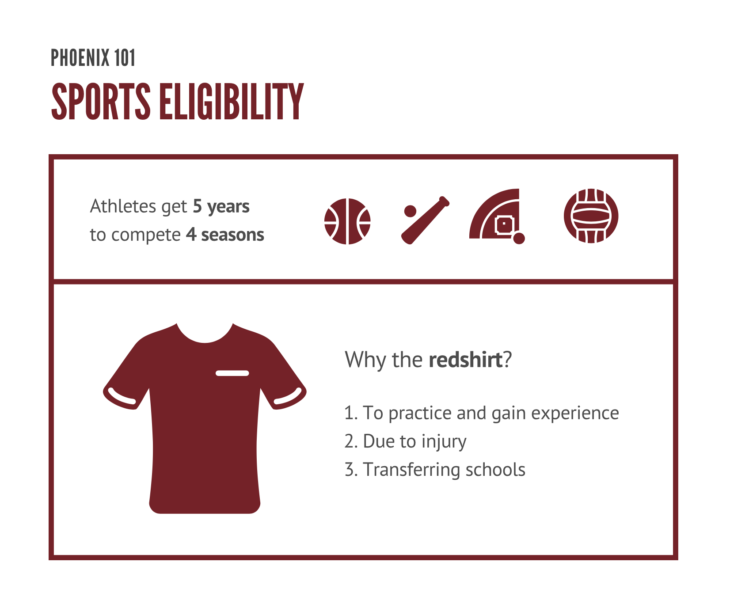
In the summer of 2020, the NCAA announced that all collegiate athletes would have an extra year of eligibility due to the COVID-19 pandemic. Cabrini has taken advantage of this policy.
With sports seasons during the 2020-2021 season essentially being erased along with spring of 2020, a plausible explanation would be to grant a year of eligibility to these collegiate athletes.
A redshirt is when a collegiate athlete withdraws participation during a season, due to academics, injury, COVID-19 etc. and is granted an extra year of eligibility to compete.
Winter and especially spring sports were the most affected by the COVID-19 pandemic, as fall sports were able to play their entire seasons in 2019 and 2021. For the first time since 2019, spring sports will be able to play normal regular seasons.
“We only got to play three games in 2020 and a shortened 2021 season as well,” Moira Ward, a sophomore redshirt lacrosse forward said. “Personally, I think there should be two extra years since both seasons were shortened.”

photo: Chris Schaller
Practices and team preparation during the 2020 and 2021 seasons, were not fulfilling as there was only a minimal amount of games played, therefore adding another reason for there being a COVID-19 redshirt. A combined 19 games for men’s lacrosse were played over the past two seasons; a regular season, uninterrupted usually consists of around 20 games. There has not been a non-interrupted regular season for spring sports in three years.
“Yeah since I only played in one game last season, I do consider this my first season, as a redshirt freshman and thankfully the new policy granted me an extra year,” Matthew Soto, a freshman redshirt first baseman, said.
The traditional redshirt usually occurs for a player that is an incoming freshman who decides to take a year to learn his or her team from the bench or because of academic purposes. Now redshirts are multi-dimensional when they can be used for a shortened season, injury or a pandemic, applying to sophomores and upperclassmen as well.
An athlete is only allowed five years of eligibility and cannot play beyond that point. For many spring athletes whose seasons have been cut short for two of those five years of eligibility, they really have only played 3 full seasons. Not only is there an extra year of eligibility offered, but players are able to transfer to other universities and play right away. The NCAA has ruled that the COVID-19 pandemic altered athletic seasons so much to the point that every athlete should be granted an extra season.
Redshirting used to be a difficult and well-calculated decision made by an athlete based on injuries or simply due to the fact that they’re too raw or not in the right mental circumstances to play. Now, while still being in the midst of a pandemic, where the prior two seasons were cut short, an extra year of eligibility provides value to an athletic department where a majority, if not all players, will not go pro.
The pandemic has set a precedent for collegiate sports altogether and the two years of 2020 and 2021 athletic seasons do not count as a fully eligible year for athletes. Athletes have been given an extra year of eligibility which rewrites the circumstances under the NCAA, in regards to their redshirt policy for athletes.



